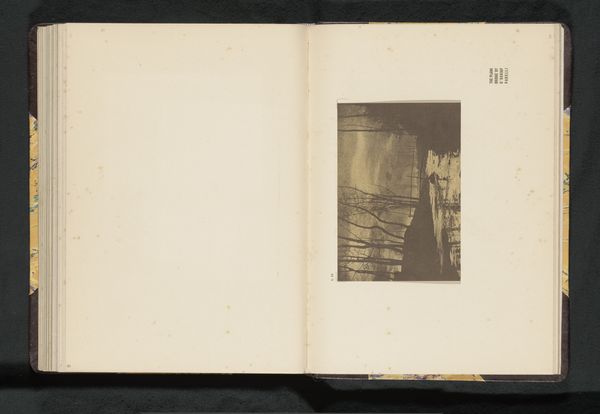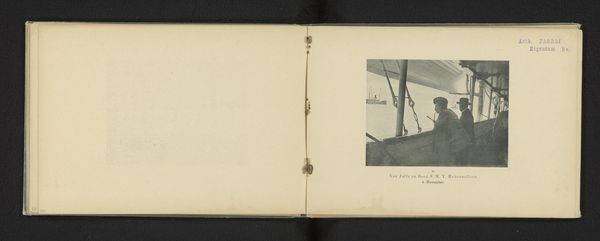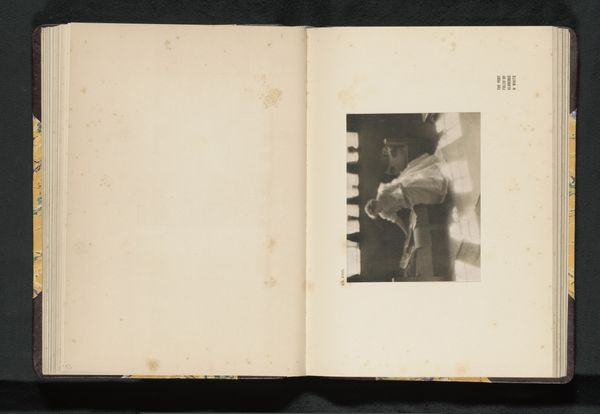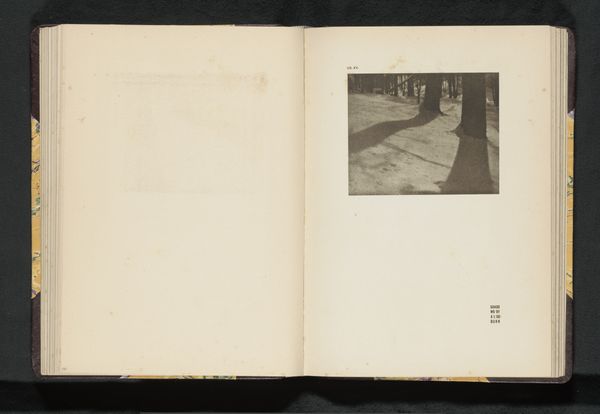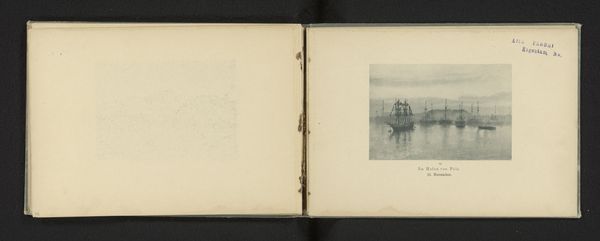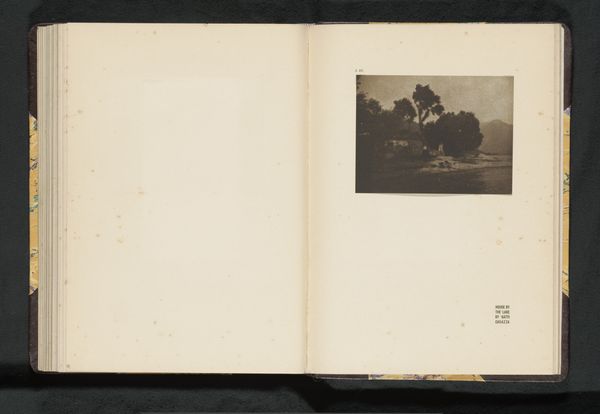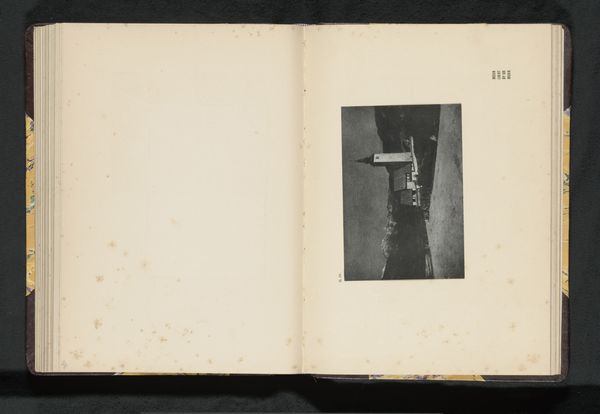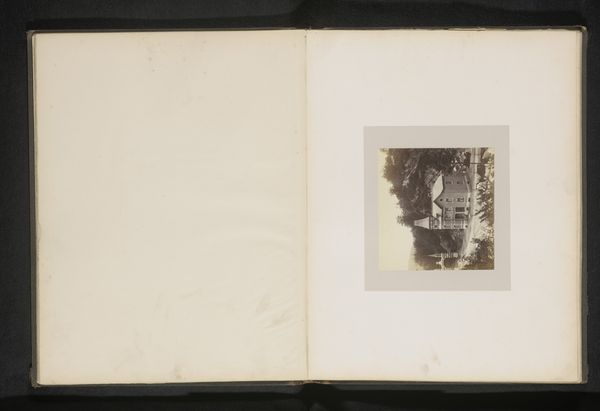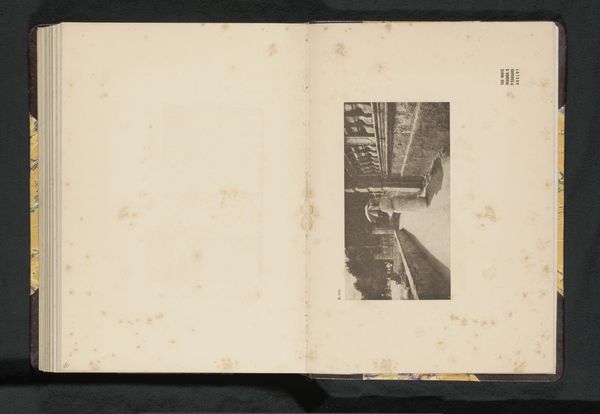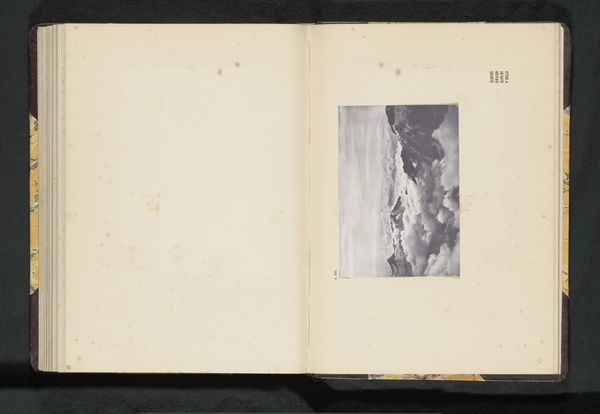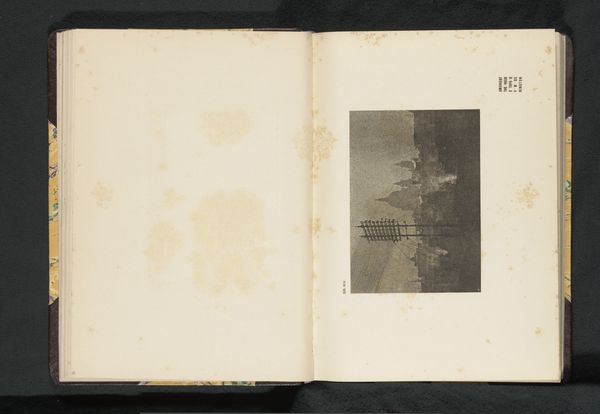
print, paper, photography, albumen-print
#
aged paper
#
still-life-photography
#
homemade paper
#
paper non-digital material
#
pictorialism
#
paperlike
# print
#
sketch book
#
landscape
#
paper texture
#
paper
#
photography
#
personal sketchbook
#
folded paper
#
thick font
#
paper medium
#
albumen-print
Dimensions: height 151 mm, width 106 mm
Copyright: Rijks Museum: Open Domain
This photogravure of the rear of a sailing ship was made by Oskar Hofmeister in the early 20th century. It is a plate from the artist's book Die See, published in 1901, part of the ‘artistic photography’ movement that took hold in Germany at the turn of the century. Hofmeister here uses the soft tonal gradations of photogravure to emphasize atmosphere and mood. This was a conscious strategy to align photography with the aesthetic values of painting and etching, thereby raising its status as a fine art. The social conditions in Germany during the late 19th and early 20th centuries were marked by rapid industrialization and urbanization, and artists were increasingly concerned with capturing the changing world around them. By the turn of the century, a number of institutional structures emerged to support these efforts, in the form of photography clubs, exhibitions, and publications, such as the book we see reproduced here. Careful study of these institutions, alongside an analysis of the visual language of the image, helps us understand how photography was understood and appreciated during this period.
Comments
No comments
Be the first to comment and join the conversation on the ultimate creative platform.

